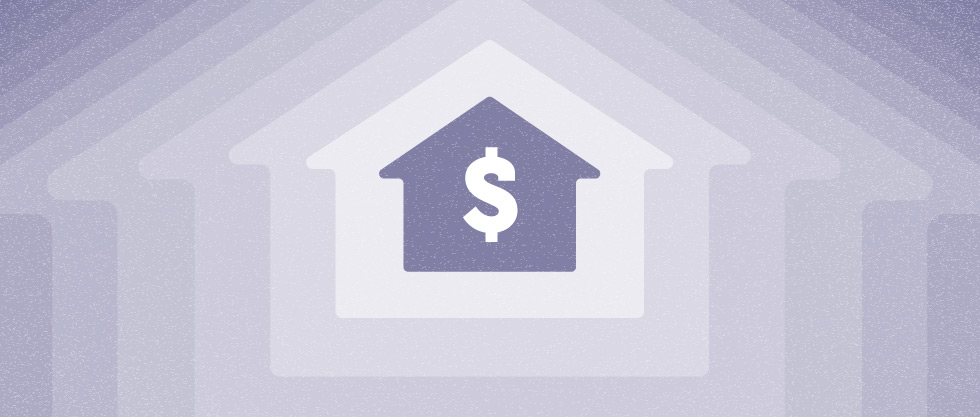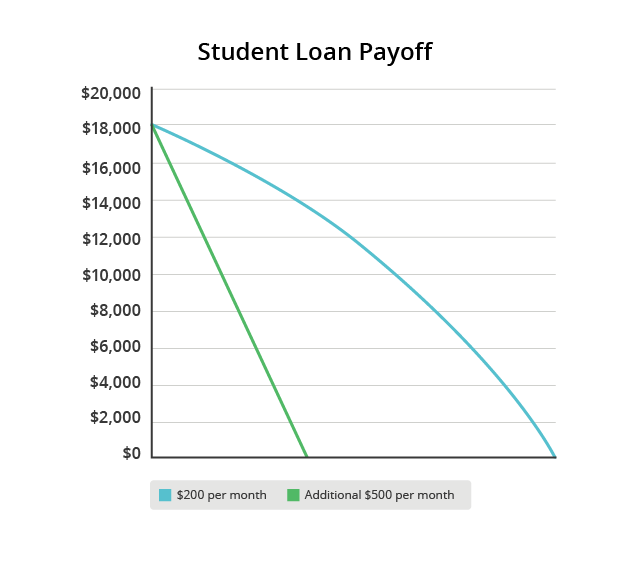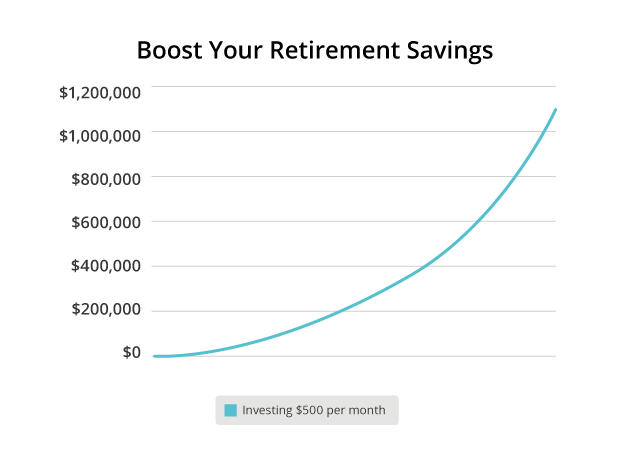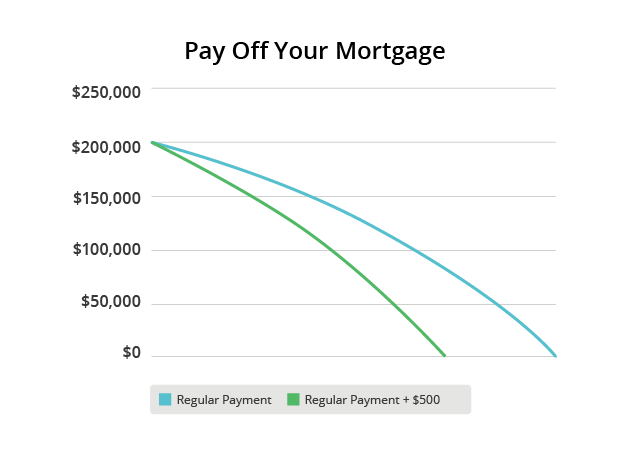I think a lot of times we get it wrong when it comes to money, thinking we just need more to be truly happy. The first thing people usually do is think of how they can increase their income by looking for a higher paying job, or even getting a second job. But those options end up taking away one of our most valuable assets in life, which is our time. While you may be growing your bank account, you will be sacrificing time spent with loved ones, doing the things you love most. You have to ask yourself if sacrificing your time is worth whatever financial gain you may receive.
Another option, and one of the easiest things you can do when trying to create more room in your budget, is look at your expenses going out and see if you can “trim the fat”, either by eliminating excess spending or lowering your current bills as much as possible. The positive to this approach is that it takes up very little of your time!
Just think for minute….what would you do if you had an extra $200-$500 a month?!? Would you pay off your debt? Start saving for early retirement? Pay off your mortgage? Start saving for that dream vacation?! Or just enjoy living a simpler life and having the extra cushion every month? Read the article below, and if downsizing sounds like an appealing option to you, give our office a call! We’re happy to help you walk through the steps to see if downsizing is the right option for you.

Less Is More
One question we always hear when the topic of downsizing comes up is: “Where will I put all my stuff?” Here are a few ideas: your neighborhood yard sale, eBay, or Craigslist. That’s right—sell it and take that money to the bank, baby!
Sure, a smaller home means less space, but it also means less time, stress and money spent on upkeep. Think of all the fun you could have if you didn’t have to polish your miniature unicorn collection every weekend. You just might find a whole new world outside your door!
Shrinking your square footage might mean your family has to gather around one TV at night instead of spreading out across three or four different rooms (Gasp!). But is more time with the ones you love really all that bad? It just might be the kick in the pants you need to spend more quality time together!
Let’s Cut to the Financial Chase
Still not convinced? Then it’s time to bring out the big guns and talk money.
What if you reduced your mortgage by $500 a month and put that cash toward other financial goals? Here are just a few of the strides you could make:
Attack Your Debt Snowball:
If you’re working hard to kick debt to the curb, downsizing your home can help you maintain that gazelle intensity. Let’s say you owe $18,000 on your student loan. With a 6% interest rate and a minimum payment of $200 a month, you’ll be paying on that loan for 10 more years!
But throw an additional $500 at your loan each month, and you’d trim a whopping seven years and eight months off your pay-off date. Sallie Mae will have to find a new place to live, because you’ll be free from student debt in less than two-and-a-half years!

Boost Your Retirement Fund:
Once you’re debt free with a fully funded emergency fund, it’s time to build wealth for the future. Dave recommends investing 15% of your household income into Roth IRAs and pre-tax retirement plans.
If you’re still working your way up to 15%, that extra $500 could be the push you need to get there. And, boy, the difference $500 could make! In 30 years, you could have an additional $1–1.6 million in the bank to get you through your golden years. You can do a lot of living and giving with that nest egg!

Pay Off Your Mortgage:
Want to downsize Dave’s way? Trade in your mortgage for a paid-off home! Use the proceeds from selling your current home to pay cash for a smaller one. Just imagine what you could do with no mortgage holding you down!
If you can’t pay cash, aim for a 15-year fixed rate mortgage and put at least 10–20% down on your new home. Apply the $500 you saved from downsizing to your new monthly payment. At 3% interest, you could pay off a $200,000 mortgage in less than 10.5 years, saving almost $16,000 in the process. Cha-ching!

Is Downsizing Right for You?
Downsizing might not make sense in every situation, but it’s worth a look if saving money and simplifying life appeal to you. Ask an experienced real estate agent to help you determine what your home is worth and show you options for cutting costs down to size. A true pro knows what it takes to get top dollar for your current home and negotiate the best deal on a new one.
